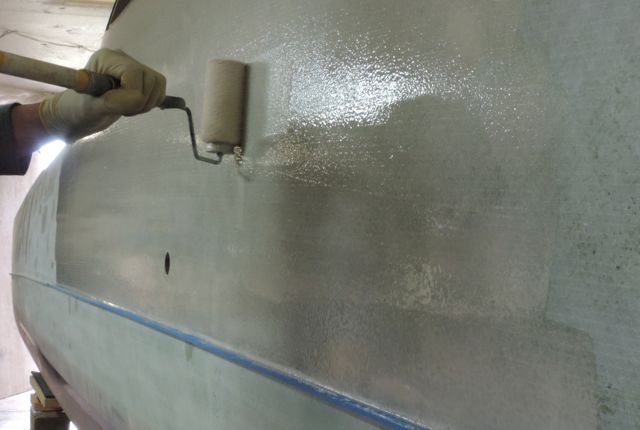Well, I had a great weekend of sailing and one very close call.
Sailing up to the San Juan’s and back was very educational with lots of different wind strengths from every direction. I went there to sail with boats competing in the Round the County race. It is a two day race completely around the San Juan’s, but I was planning to chase the fleet on Saturday and return home Sunday.
I started well behind the last starters for the beat down Rosario Straight. Despite having to avoid the boats racing, I was able to work my way through quite a bit of the fleet. Near the southern end of Lopez Island, the wind really started to blow.
Sailing up to the San Juan’s and back was very educational with lots of different wind strengths from every direction. I went there to sail with boats competing in the Round the County race. It is a two day race completely around the San Juan’s, but I was planning to chase the fleet on Saturday and return home Sunday.
 |
| Photos by Sean Trew |
I started well behind the last starters for the beat down Rosario Straight. Despite having to avoid the boats racing, I was able to work my way through quite a bit of the fleet. Near the southern end of Lopez Island, the wind really started to blow.
I had been sailing with the reefed mainsail only, but had to keep reefing it deeper as the wind built.
The boat was comfortable and felt good despite the conditions getting pretty wild (wind around 25 knots and opposing current causing breaking waves).
The turning point was a large marker on an exposed reef called Davidson Rock.
I had over stood the tack and had some room from the reef. Once I was able to crack off onto a reach, I slacked the leeward running backstay and rolled out the jib.
There was a loud bang and the boat capsized very quickly.
It took a while to get a complete picture of what happened, but it was this: The windward running backstay had let go, allowing the mast to pitch way forward.* The mainsail was the only thing limiting the forward movement of the mast and was pulled very tight as a result. The jib stay went slack causing the jib to be very full, like a spinnaker and the combination of the two (and a gust) caused an immediate capsize.
The amazing thing is that the boat didn’t go upside down, even with the masthead float somewhere out over the bows.
The reef (with breaking waves on it) was just downwind and I didn’t know what had happened to the rig. I thought something had broken, but I got the sails mostly furled and found the running backstays to be in working order.
I was able to right the boat in a few minutes, get the rig back upright and roll out a bit of jib and ease away from the reef.
 |
| photo by Sean Trew |
What caused the running backstay to release? The line came out of the cleat. Not because it wasn’t fully cleated, but because the plate that the cleat was mounted to deformed under load and caused the lead angle to the cleat to change enough for the line to pull out of the cleat (see photo below).
This is new hardware, one size bigger than what came with the boat. It’s a six part tackle with a working load of 900 lbs and a breaking load of 1800 lbs.
This is new hardware, one size bigger than what came with the boat. It’s a six part tackle with a working load of 900 lbs and a breaking load of 1800 lbs.
The tackle that most G-32’s use has a 600 lb working load (this boat has a tiny rig), so why mine failed is a mystery that I’d like to solve.
I am planning changes to the running back stay system and I’m glad that I now know what happens when when there’s a failure in that system. If it ever happens again, I just hope it’s not near a breaking reef.
Short video HERE.
Short video HERE.
 |
| Note that the plate that the cleat is attached to is bent |
Did I get wet? No I didn't. Only your feet and ankles get wet when righting a G-32. I was wearing an ancient, but well maintained Kokatat drysuit that has kept me dry for almost two decades.
*For those that don’t know, the G-32 has fixed shrouds, but instead of being swept back, they are in line with the mast to allow the mast to raise up and down easily when trailering.
I'm building a new rig for my G-32, which I will post about in this blog. I was planning to make it 3' longer than the stock rig, but that is being reconsidered after my wild weekend.
Text video link if above link fails: https://youtu.be/912H94--Xas

































































